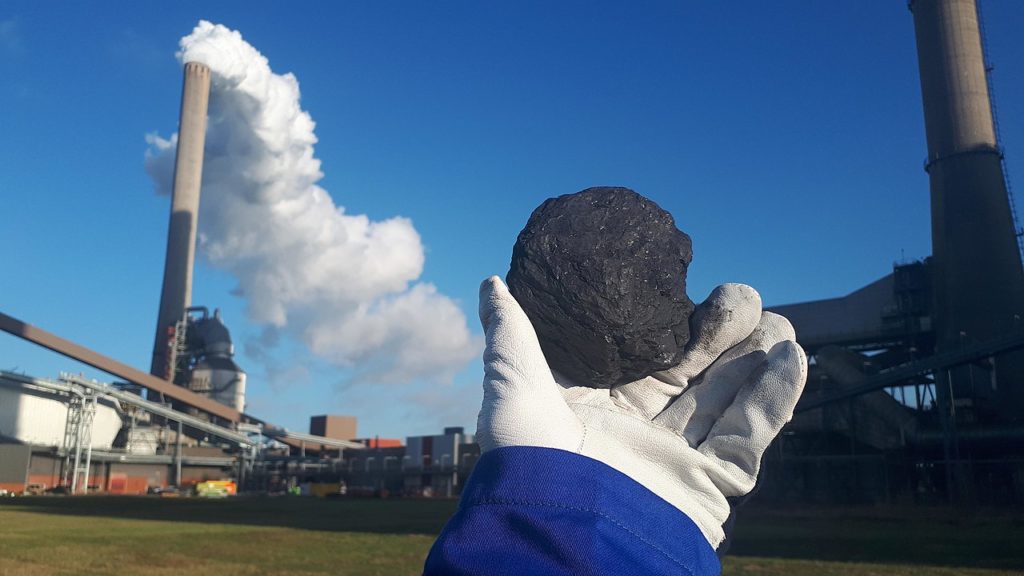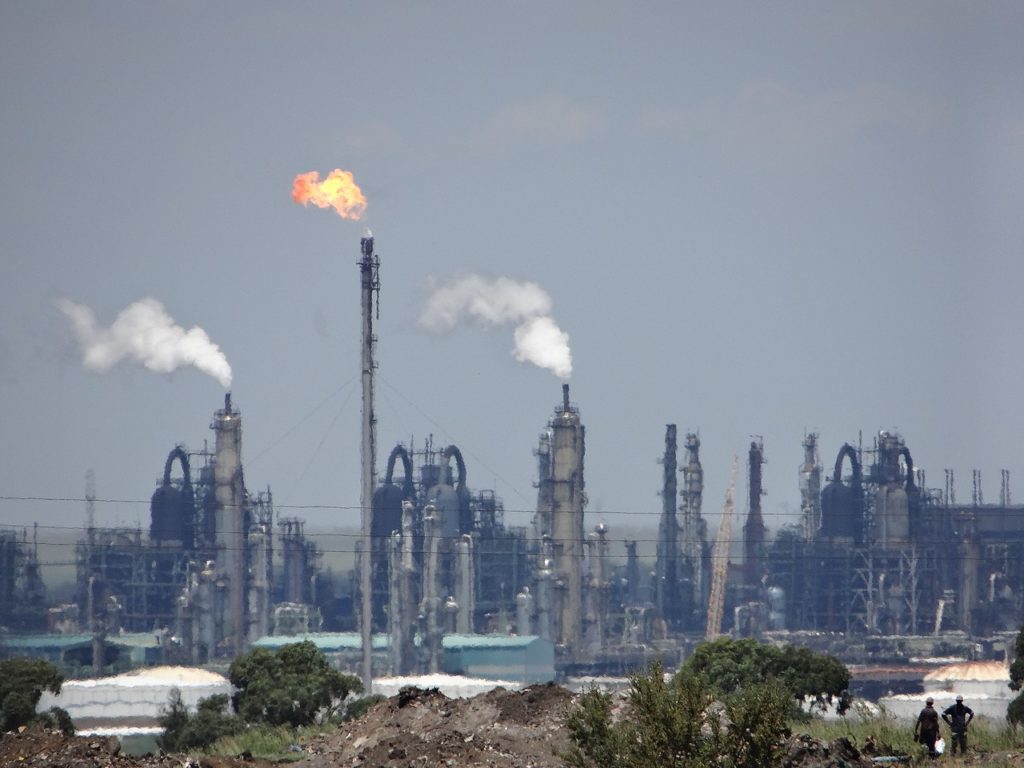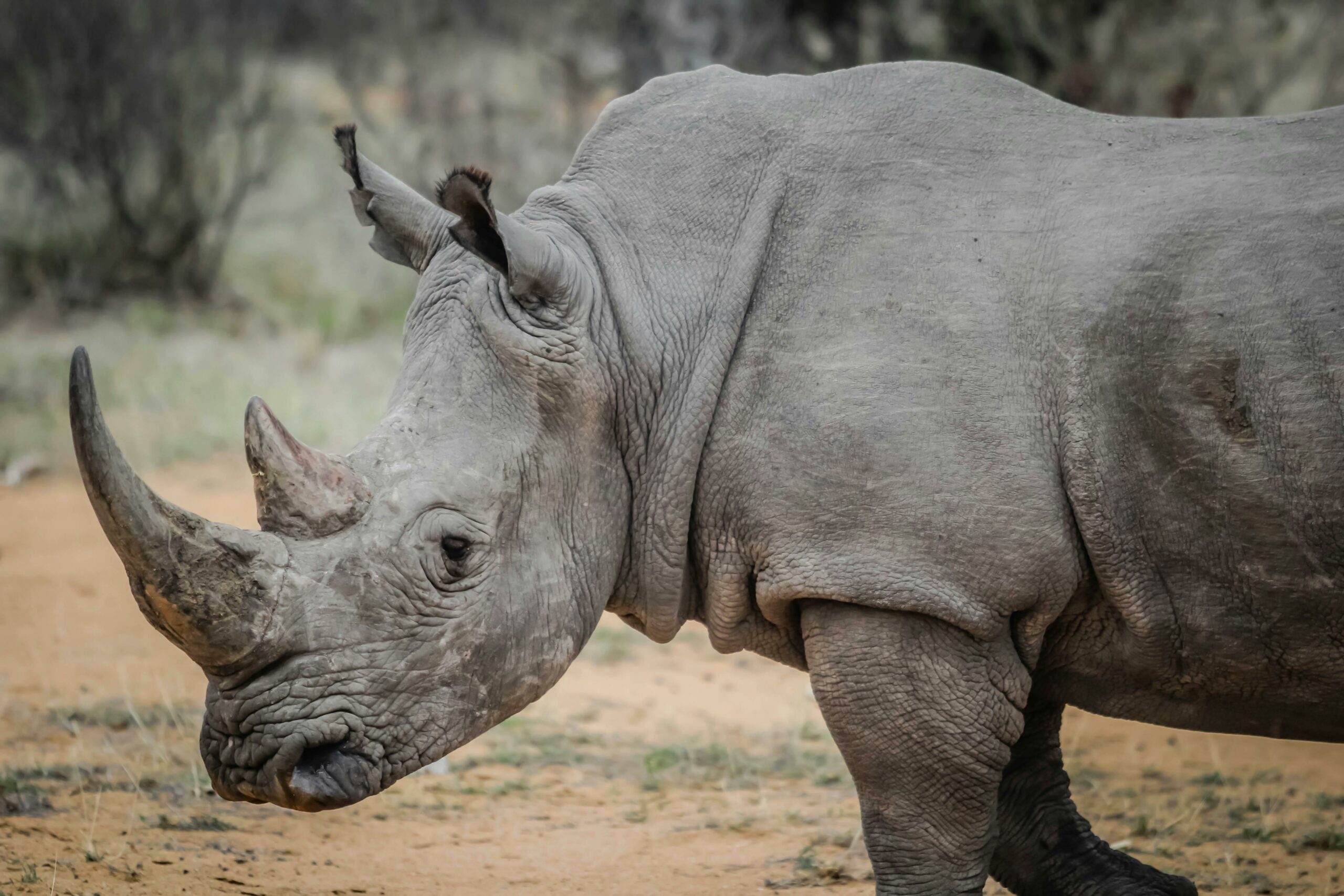How greenhouse gases are heating our planet (Video)
Greenhouse gases are gases that trap heat in the atmosphere. This can be any gas that absorbs infrared radiation and contributes to the Earth’s warming or the greenhouse effect. Greenhouse gases are naturally occurring.
Greenhouse gases are immensely important to life on Earth. Carbon dioxide, for example, helps to stabilise the Earth’s atmosphere, keeping it just warm enough for life to thrive. Without carbon dioxide in the atmosphere, Earth would lose its “Goldilocks” planet status – the conditions here are not too hot or cold, according to Nasa. Earth would be about 33°C colder without carbon dioxide.
Estimates show that South Africa is the 12th biggest emitter of greenhouse gases in the world. At least two-fifths of these emissions come from Eskom. This is the country’s state-owned electricity supplier. But, with new emissions targets, that could change.
The greenhouse effect
The greenhouse effect is the warming up of the Earth’s surface by greenhouse gases. The sun radiates heat energy down to the Earth’s surface. This heat bounces back through the atmosphere and into space. But, greenhouse gases absorb much of this heat, creating the warming effect.
Greenhouse gases consist of three or more atoms. They are held loosely together so that they vibrate when absorbing heat. These vibrating molecules release radiation absorbed from the sun. Other greenhouse gases also absorb this heat. In this way, the Earth stays warm.
Carbon dioxide emissions: Achieving the right balance
However, the balance of gases in the Earth’s atmosphere is a delicate one. Life thrives when the atmosphere traps just the right amount of heat. The Earth needs greenhouse gases because the main gas in the atmosphere, oxygen and nitrogen, cannot absorb heat. But, life is threatened if too much heat is trapped and if there is an oversupply of carbon dioxide.
Key greenhouse gases
The main greenhouse gases are:
Water vapour: This is a greenhouse gas because it leaves the atmosphere as rain, but it does not contribute much to global warming. It is the most abundant greenhouse gas, therefore, it traps the most heat. But, water vapour turns into rain quickly, making it the least dangerous greenhouse gas.
Carbon dioxide: It primarily enters the atmosphere when fossil fuels are burned. This includes the burning of coal, oil and gas. It is also produced during certain manufacturing processes, like the manufacturing of cement. Plants absorb it.
Methane: This gas is the second biggest cause of climate change, after carbon dioxide. It is emitted during the burning of fossil fuels, particularly the burning of natural gas, of which it is the biggest component. Methane traps up to 86 times more heat than carbon dioxide over 20 years. Emissions also come from livestock.
Nitrous oxide: It is best known as “laughing gas”. It lasts for over 100 years in the atmosphere. It is mainly emitted through growing crops with nitrogen-based fertilisers.
Chlorofluorocarbons (CFC): This is a group of greenhouse gases formerly used in air conditioners, aerosols and refrigerators. Most of the world has banned the use of CFCs. Like all greenhouse gases, CFCs have an effect on global warming. CFCs have damaged the Earth’s ozone layer.

The ozone layer
The ozone layer is a layer of the atmosphere that is 11 to 40 kilometres above the Earth’s surface. It helps to keep ultraviolet rays out of the atmosphere. Ultraviolet light is damaging to humans and other life.
The hole is a depleted section of ozone above Antarctica. CFCs in the atmosphere have thinned this patch of the ozone layer over time. The ozone layer forms annually during the late winter in the southern hemisphere. In 2021, the hole was larger than Antarctica. It is among 25 per cent of the largest holes recorded since 1979.
Carbon dioxide (CO2) reaches record levels
Carbon dioxide is not the only greenhouse gas, but it is central to the problem of global warming. Humans add over 31 billion tonnes of carbon dioxide to the atmosphere every year. This mostly comes from burning fossil fuels like coal. Carbon dioxide stays in the atmosphere, trapping in heat, for a hundred years.
Carbon dioxide levels are reaching record highs every year. In 2020, the amount of carbon dioxide in the atmosphere was as high as it was four million years ago. At the time, the Earth was 2°C to 4°C hotter, and sea levels were 10 to 25 metres higher than they are now.
However, carbon dioxide is not solely responsible for global warming. Methane traps up to 86 times more heat over 20 years than carbon dioxide. Therefore, it can drive up temperatures quickly in the short term.
The greenhouse gas effect and global warming
The amount of greenhouse gases released into the atmosphere has increased substantially since the mid-1800s when the Industrial Revolution began. The is especially the case with carbon dioxide. The global carbon cycle carefully sustains the balance of carbon dioxide in the atmosphere. Plants absorb carbon dioxide through natural processes, such as photosynthesis. But, about 70 years ago, the amount of carbon dioxide emitted by humans exceeded the Earth’s capacity to absorb it.
The concentration of carbon dioxide in the atmosphere has increased by about 40 per cent since the middle of the 1800s, the US Energy Information Administration says.
In other words, the carbon dioxide emitted by human activities – primarily through burning fossil fuels – acts as an insulator around the Earth, keeping heat in.
Earth is getting warmer due to greenhouse gas emissions
The world is warming at a rate unprecedented in the last 2000 years, according to the Intergovernmental Panel on Climate Change’s (IPCC) most recent report, released in August 2021. The world is now over 1°C warmer than it was from 1850 to 1900. Global warming is contributing to climate change, and human activities are “unequivocally the cause”, the scientists behind the report write.
The Earth’s warming must be kept below 1.5°C (compared to pre-industrial levels) to avoid causing irreparable harm to the climate, the IPCC’s scientists say. However, this goal will not be reached without a rapid and wide-reaching drop in greenhouse gas emissions, according to the IPCC.
Global warming and its effect on the world
Human-induced global warming has had a significant impact on the Earth’s climate system, according to the IPCC. This includes increases in temperatures on land and at sea, and more frequent heatwaves.
There is “substantial evidence” that global warming caused by humans has caused an increase in the frequency and intensity of heavy rainfall or snow, the IPCC says. These are known as heavy precipitation events.
2020 was the second hottest year on record (second only to 2016). The record is considered a period of 141 years. December 2020 was the eighth hottest month on record. Hotter-than-average temperatures were recorded in Northern America, Africa and Europe. These temperatures triggered the biggest wildfires ever recorded in Colorado and California in the US. They also triggered deadly fires in Australia.
In June 2020, the temperature in freezing eastern Siberia reached a record-breaking 38°C. The Arctic ice is also heating twice as fast as the rest of the world, leaving more areas of dark water open to absorb heat. This speeds up global warming.
The thick layer of frost in the northern hemisphere, permafrost, is warming. Huge amounts of methane and carbon dioxide are found beneath the permafrost, which will be released into the atmosphere if the permafrost melts.
South Africa’s contribution to global warming
South Africa is a signatory to the Paris Agreement, which aims to limit global warming to below 2°C.
The country emitted 556 million tonnes of carbon dioxide equivalent (MtCO2e) in 2017, according to a 2020 report by the country’s Department of Environment. One carbon dioxide equivalent is the amount of heat an equal amount of carbon dioxide would trap over the next century.
Of that amount, 84.75 per cent was from carbon dioxide, 9.28 per cent was from methane, 4.81 per cent was from nitrous oxide, and 1.16 per cent was from fluorinated gases.
This year, the country pledged to lower its greenhouse gas emissions to between 350 to 420 MtCO2e by 2030. This was welcomed by activists and environmentalists, like the Centre for Environmental Rights (CER), a non-profit law firm focusing on the environment.
“An ambitious Nationally Determined Contribution is not only an essential part of South Africa’s climate change mitigation efforts, but will also play an increasingly important role in determining South Africa’s access to climate finance. It should also assist South Africa to mitigate some of the risk posed to trade exports by the implementation of the European Union’s Carbon Border Adjustment Mechanism”, the CER said in a statement.

Eskom’s CEO, Andre De Ruyter, wants the power utility to pivot away from its reliance on coal towards greener technologies, like renewable energy. Eskom will retire 22 gigawatts of coal-fired power generation over the next 15 years. Like other countries, South Africa will not be able to build new coal plants, as major banks have refused to finance new coal projects.
The chemicals and energy giant, Sasol, is a major greenhouse gas emitter, but that could change. Sasol’s coal-to-fuel plant in the small town of Secunda emits more greenhouse gases than 100 countries combined. Activists say that it is the largest single-site emitter of greenhouse gases in the world.
In September 2021, Sasol announced its intention to cut its greenhouse gas emissions by 30 per cent by 2030.
Related Articles
Poaching is not the only reason rhinos may go extinct
The ongoing effects of climate change may cause rhinos to go extinct unless adaptation measures are implemented, according to new research.
‘Climate change the biggest threat to health in the 21st century’
Experts say climate change is the biggest threat to health in the 21st century. In South Africa, many lives are already being lost to extreme weather.




